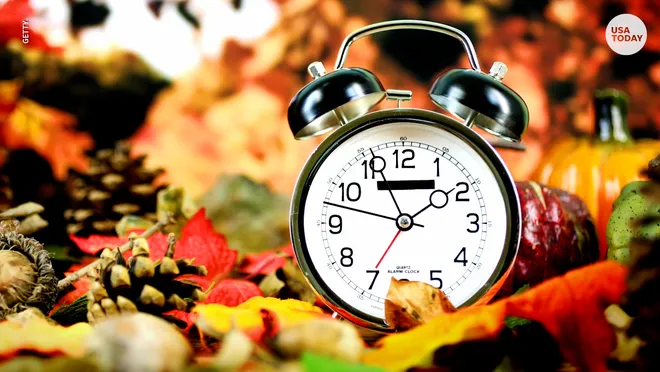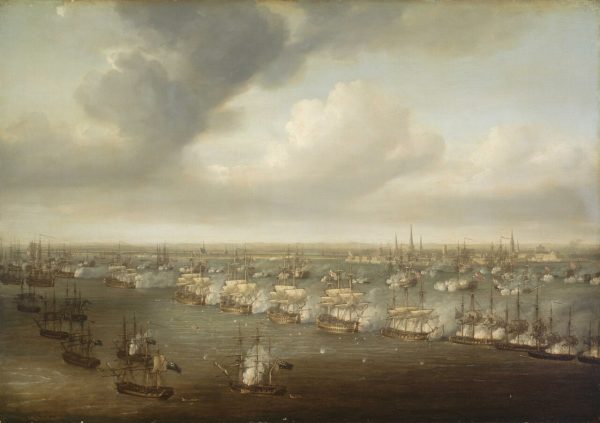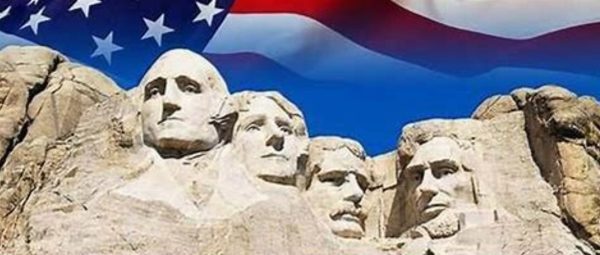Why Daylight Savings?
Every November we set our clocks an hour back, just to set them an hour ahead in
March. But why do we do this? Most people do not know the real reason behind daylight
savings. Most probably just believe that it’s just so that we get an extra hour of sleep or lose an
hour of sleep. This, however, is not true.
The theory of daylight savings began in the 18th century when Benjamin Franklin
invented the concept in order to save money on lamp oil and candles. He gave the project the
title “An Economical Project.” This project suggested that the Parisians must alter their sleeping
habits, relying on people waking up earlier, rather than just changing the time.
Another theory suggests that the agriculture industry came up with the idea for farmers.
By adding more daylight hours, the farmers would have more time to work in the fields.
However, some farmers wanted to scrap daylight savings time because it would ultimately
disrupt and interfere with their routines.
In the United States, daylight savings time was introduced with the Standard Time Act of
1918. This was a measure taken to save resources needed for the war and to extend the working
day. This was often repealed and reinstated several times, leading to local jurisdictions having
the option to decide when they would have daylight savings time implemented. After years of
local jurisdiction controlling daylight savings time, the Uniform Time Act of 1966 was
implemented and established a set date for DST across all of the United States. All states were
given the option to exempt themselves from this project. The only two states that are currently
exempt are Hawaii and Arizona.
Do you think we should continue to practice daylight savings? Or should we exempt
ourselves from the project?

Hailey is a current senior student at Newman and attends Mary Immaculate. Taylor is the Stage Manager for the Drama Club, member of the National Honor...













